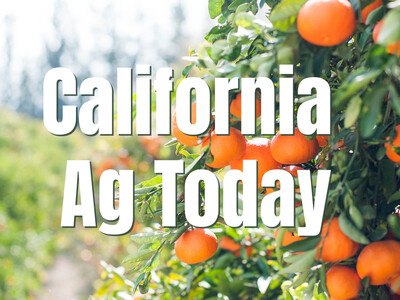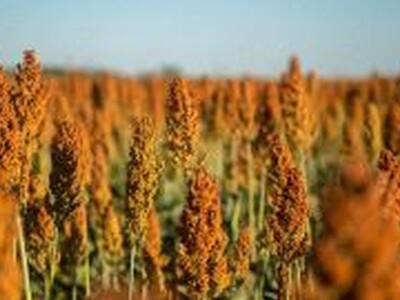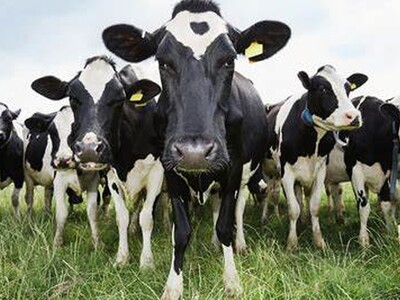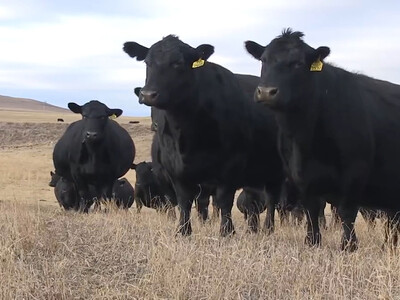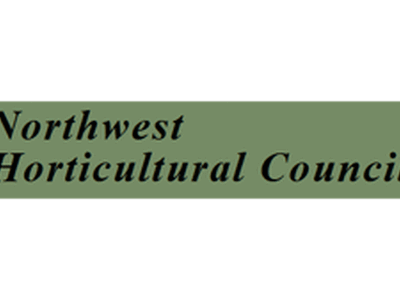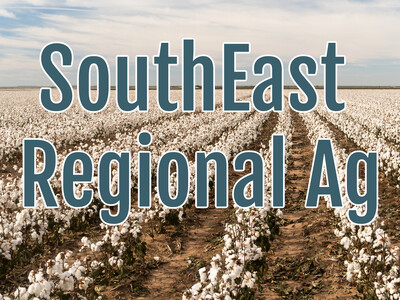Ducks and avian flu
A first-of-its-kind study by the USGS and partners provides an initial analysis of when commercial chicken and turkey facilities in the U.S. are at greatest risk to avian influenza viruses from one species of migratory waterfowl.
Scientists identified the migration patterns of blue-winged teal, a common carrier of avian influenza viruses, and when they were most likely to be on the ground and in close proximity to domestic poultry facilities. Blue-winged teal are one of 11 dabbling duck species that regularly breed in North America, and dabbling ducks are the primary waterfowl species known to carry and shed avian influenza viruses in the U.S.
This study is the first to examine the movements of a waterfowl species likely to carry the viruses and their proximity to domestic poultry facilities. It is critical to helping inform poultry industry officials, the U.S. Department of Agriculture and wildlife management agencies as they develop strategies such as surveillance programs to track wild birds and the occurrence of avian influenza to ensure viruses are not introduced into commercial facilities.
Research finds that facilities in northern states may be at higher risk for potential transmission during the ducks’ fall migration from mid-September through mid-November, as that is when blue-winged teal are in the closest proximity to domestic poultry facilities. Research also finds that commercial chicken operations in southern states may be at higher risk of disease transmission during the duck’s spring migration from March through April. In contrast to chicken operations, contact probabilities with commercial turkey facilities were found to be relatively low in the spring.
An outbreak of avian influenza in poultry from 2014 to 2015 resulted in the loss of 50 million chickens and turkeys and cost the economy approximately $879 million dollars. Though not believed to originate from blue-winged teal, this outbreak shows the importance of science to help understand potential risks to the poultry industry.
Experts estimate that the global economy could face billions of dollars in financial losses from future outbreaks. Hundreds of human deaths have also been attributed to avian influenza.
State Veterinarian Dr. Brad LeaMaster of the Oregon Department of Agriculture






